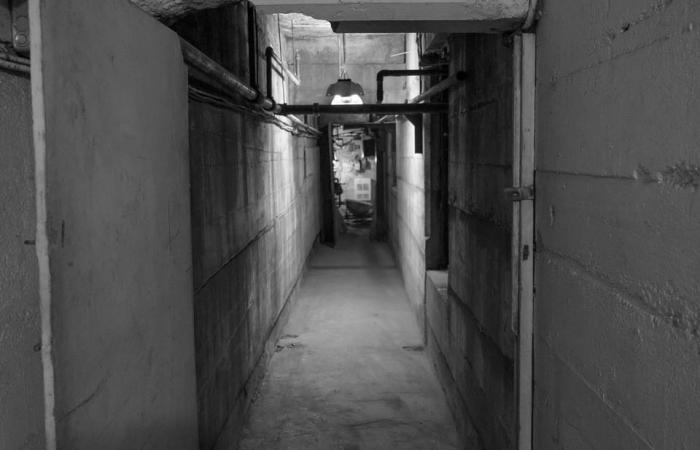When thinking of iconic buildings in Thunder Bay, few buildings are as well known as the century old Prince Arthur Hotel, located at 17 Cumberland Street.
The Prince Arthur Hotel began life as an idea for a modern, grand hotel for passengers of CN railway and other guests visiting the city. Construction began in 1910 and went on into 1911, with the hotel opening on March 14th, 1911.
The Prince Arthur Hotel provided some of the most modern facilities available at the time, including high quality food, luxurious rooms and first-class service to all travelling on the CN railway. The hotel even had a business bank and a large outdoor garden for guests to relax in. This garden was replaced with the current parking lot sometime in the 1950s
The hotel has had some brushes with history as well. In 1921, it was at the Prince Arthur Hotel where the iconic poppy was first suggested as a symbol of remembrance for Canadian soldiers lost in the First World War, by Anna E. Guérin. And during its hundred-year run, the building has even hosted King George and Queen Elizabeth!
However, during America’s prohibition era in the 1920s and 1930s, rumours began to circulate that the hotel was involved with alcohol smuggling to the United States, using secret tunnels between the hotel and the waterfront.
As with my previous article regarding the tunnel attached to the Marriagi Hotel, I’ve made an attempt to get to the bottom of these rumours.
I finally managed to make contact and was admittedly surprised just how open they were with the subject, with management saying that yes, in fact, the tunnels did exist and they were used for smuggling alcohol into the United States.
I was allowed to take a tour to see what remained of the tunnel and was told by my guide how they did it. Under the cover of night, barrels of alcohol were taken via the tunnels to the waterfront, where they were put on a boat and taken out onto Lake Superior. There, they were dumped overboard for their American counterparts to find and claim as salvage. I was told the tunnel was also used for more practical purposes; for example, moving two large boilers for heating the building into the basement, as there was no other entrance large enough to fit them.
Those who read my last article on the Mariaggi Hotel may remember that I said there was no smuggling tunnel in the hotel, but it was in fact a bear den. However, while at the Prince Arthur, my tour guide showed me the remains of a second tunnel, one that he claimed originally went to the aforementioned Mariaggi Hotel.
So now, much to my surprise, we have two opposing stories. While all my sources for the Mariaggi stated that the smuggling rumours were false, the Prince Arthur actually has physical evidence of an existing tunnel! True, it may not have been for smuggling at all – perhaps the tunnel was used to simply transport supplies between the hotels. We may never know, as the Marriagi Hotel was demolished in 1989 with her rumoured tunnels being sealed years, if not decades, earlier. And the bear den? My guide also said that, while the bear den did likely exist, perhaps the bear doubled as a guard. What better guard for an illegal liquor tunnel than a trained black bear?
So while it’ll likely never be completely proven whether or not the hotels were connected by tunnels, or whether they were a part of an illegal liquor smuggling operation or not, one thing that can be said for sure – things were not always what they seemed under the streets of Port Arthur…


